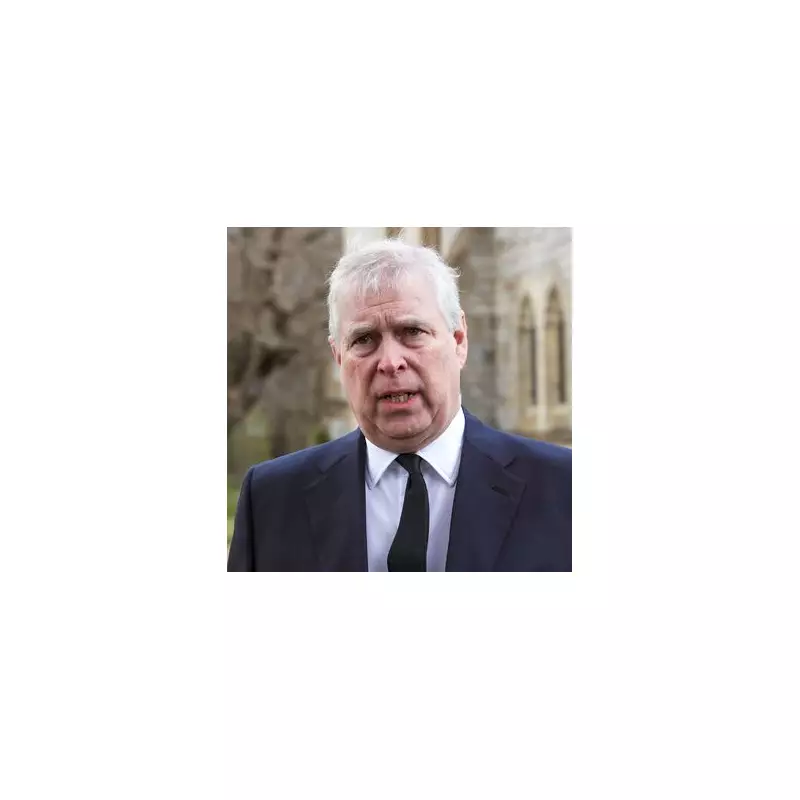
Buckingham Palace is witnessing one of the most significant organisational shakeups in recent memory as King Charles III implements radical changes to streamline the royal household. The monarch's decisive actions are sending shockwaves through the ancient corridors of power, with multiple factors driving this royal revolution.
The Financial Imperative Behind Palace Changes
At the heart of King Charles's reforms lies a pressing financial reality. The monarchy faces increasing pressure to demonstrate value for money to the British public, particularly during a period of economic uncertainty. The Sovereign Grant, which funds the Queen's official duties, has come under greater scrutiny than ever before.
Royal finances have become a hot-button issue, with critics questioning the cost of maintaining multiple royal residences and a large staff. The King's response has been characteristically pragmatic - trimming excess and ensuring every pound spent delivers maximum value for the institution he now leads.
Modernising the Monarchy for a New Era
Beyond mere cost-cutting, King Charles is pursuing a broader vision of a sleeker, more efficient monarchy fit for the 21st century. The changes reflect his long-held belief that the royal family must evolve to remain relevant to contemporary Britain.
The restructuring involves:
- Consolidating duplicate roles across royal households
- Embracing digital technology to improve efficiency
- Reducing hierarchical layers in palace management
- Creating more flexible working arrangements
This isn't simply about saving money - it's about transforming an ancient institution to serve a modern nation effectively.
Personal Influence and Strategic Vision
Those familiar with the King's working style recognise his hands-on approach to the monarchy's operations. Unlike his mother, who maintained traditions steadfastly, Charles has never been shy about implementing change where he sees necessary.
His decades as Prince of Wales gave him ample opportunity to observe what worked within the royal household - and what didn't. Now wearing the crown, he's moving quickly to implement lessons learned during his long apprenticeship.
The Human Impact of Palace Reforms
While the structural changes may make financial and operational sense, they're creating uncertainty among royal staff. Positions are being merged, responsibilities shifted, and some traditional roles may disappear entirely.
The transition is particularly challenging for long-serving employees who have dedicated their careers to the royal family. Palace insiders suggest the King is mindful of this human cost, with efforts being made to handle the restructuring as sensitively as possible.
Nevertheless, the message from the top is clear: the monarchy must adapt to survive, and everyone from the lowest footman to the highest courtier must embrace change.
A Blueprint for the Future Monarchy
King Charles's reforms represent more than just administrative tidying - they signal the beginning of a new Carolean era for the British monarchy. The changes underway at Buckingham Palace will likely define how the institution operates for generations to come.
As the King continues to put his stamp on the monarchy he inherited, the world watches with fascination. One thing is certain: the House of Windsor will never be quite the same again.





